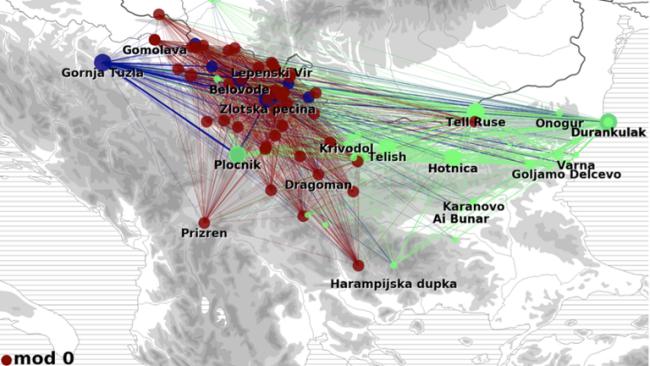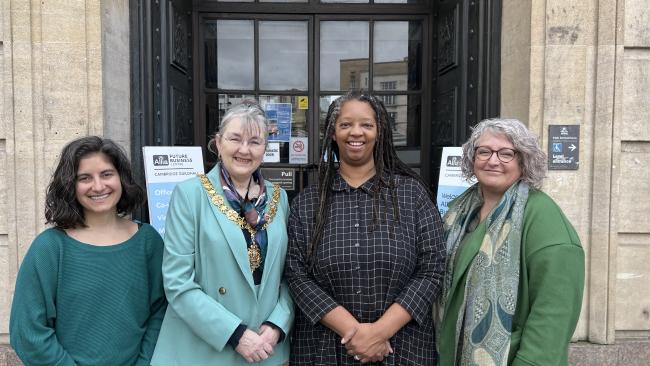
Prehistoric networks of co-operation identified
In the first ever archaeological study of its kind, two researchers have combined the chemical analyses of dozens of the world’s earliest copper artefacts to identify prehistoric networks of co-operation during the early development of European metalmaking.
Led by Dr Miljana Radivojević, a Research Fellow at Jesus College and Anniversary Research Fellow at the McDonald Institute for Archaeological Research, the study shows that communities that co-operated the most largely belonged to the same archaeological culture, revealing a novel method for an independent evaluation of the archaeological record.
The study, published in the Journal of Complex Networks, measures the strength of links between archaeological sites and produces pioneering models of human interaction and cooperation that can be evaluated independently of established archaeological systematics. It focuses on a comprehensive archaeological database of copper artefacts from the Balkans, dated from c. 6200 BC to 3200 BC – the first 3,000 years of known copper mineral and metal use in Europe.
Dr Radivojević commented, “This study is major step towards evaluating technological, economic and social phenomena in the human past – anywhere”.
More detailed information about the study has been published by the University's Division of Archaeology





